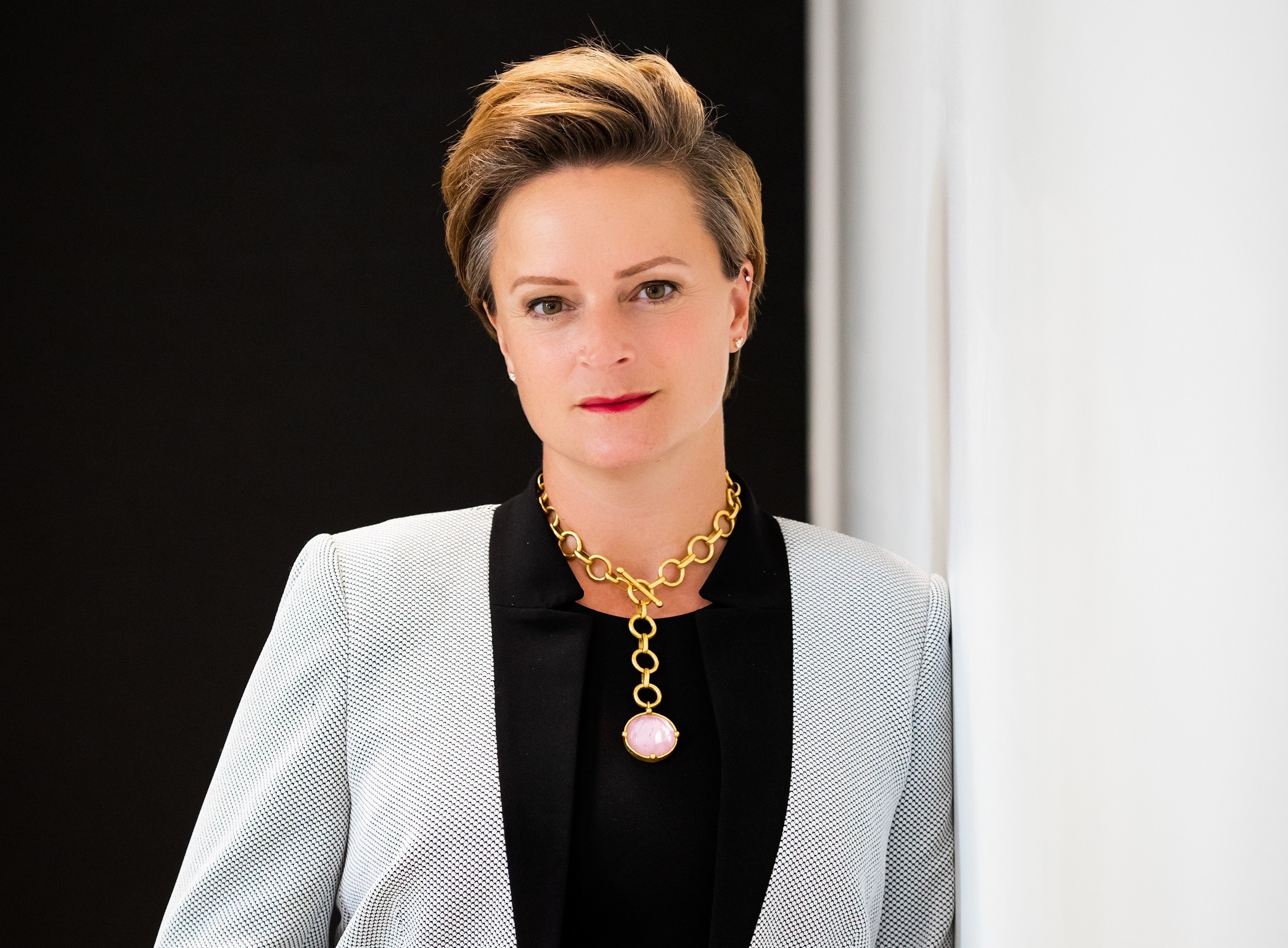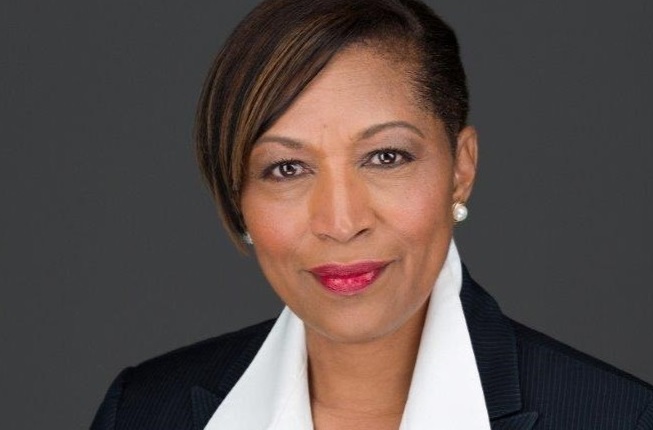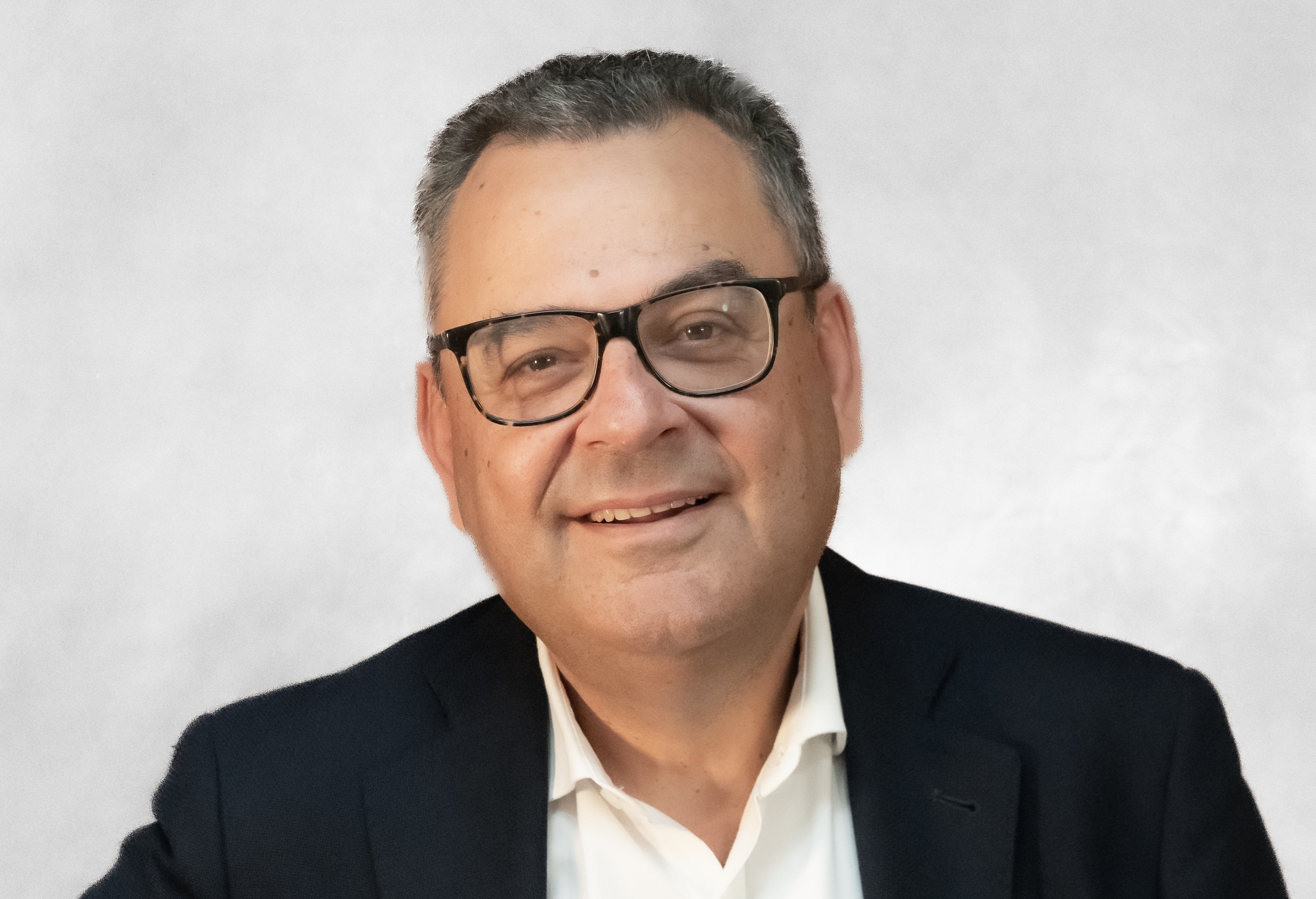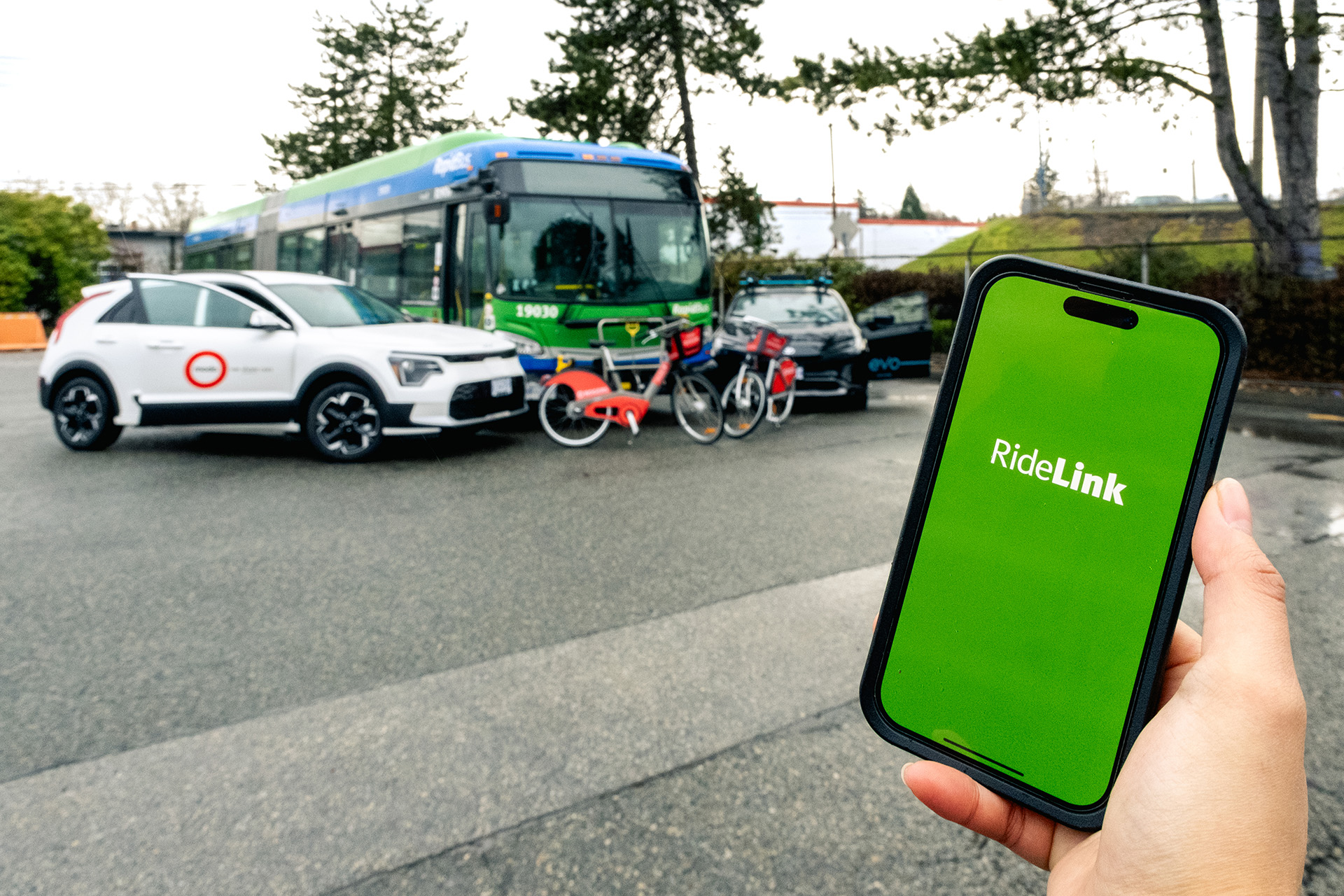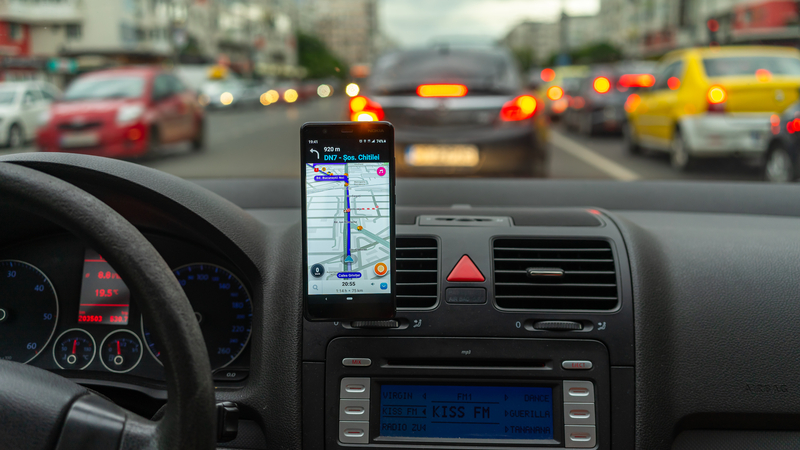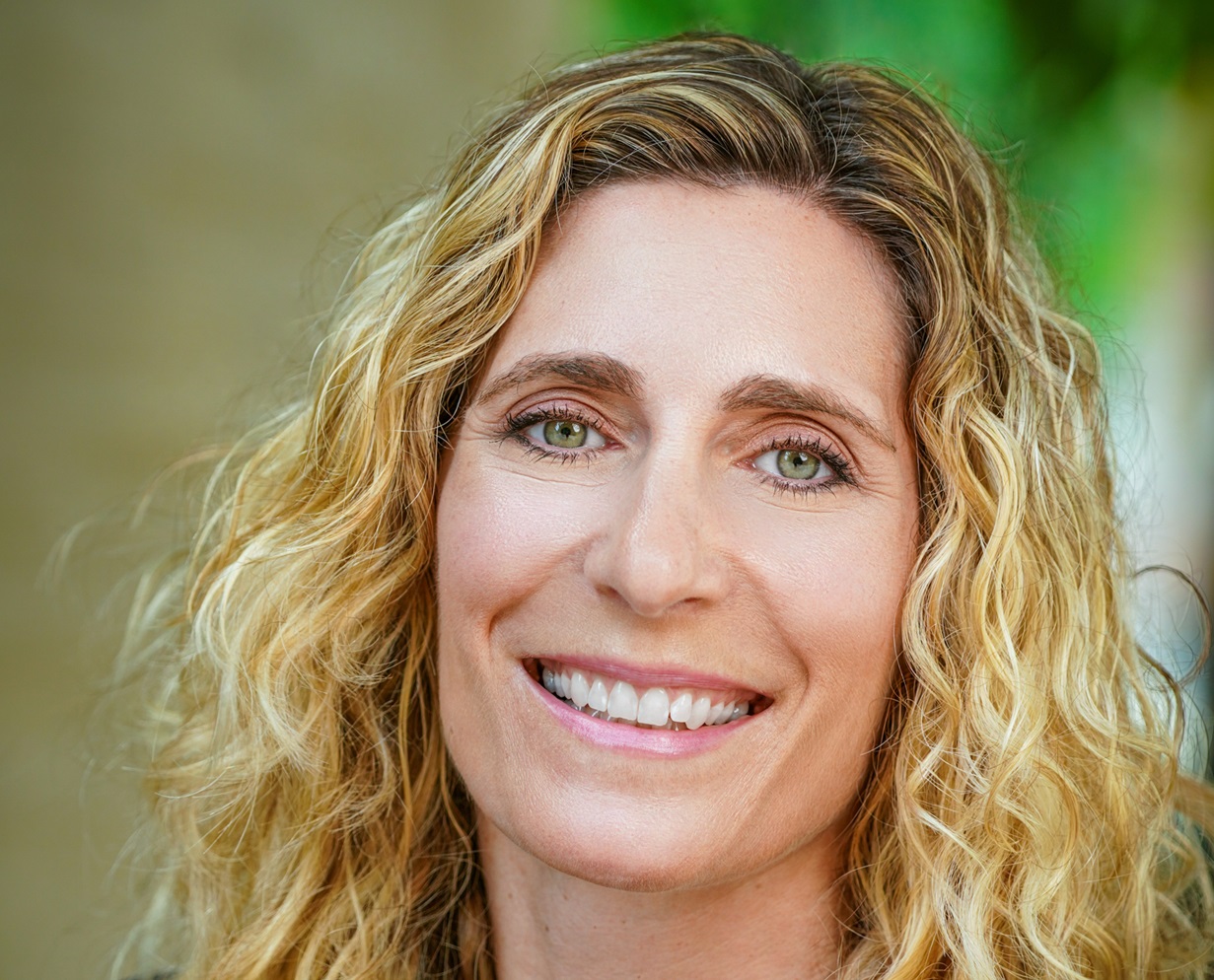
When ITS America president & CEO Laura Chace speaks to ITS International, it is just a few days after the organisation’s latest board meeting.
As well as the vital issues of engaging existing members, and bringing new members into the fold, they talked about a lot of weighty issues. “Everything from connected transportation ecosystem to artificial intelligence, to digital infrastructure, to issues of security and privacy,” Chace says with enthusiasm. “There's a lot of really complicated but important issues. We had really good discussions.”
There are three main areas of focus for ITS America this year: first up is Vehicle to Everything (V2X) roll-out. “As you well know, connected transportation – V2X - is absolutely mission-critical to us,” she says. “We are working with USDoT to get a final plan on interoperable connectivity that hopefully will be released this spring, so that is a critical milestone.”
This process is well advanced, and moving into its final stages. The second critical issue on the radar is developing policy for the next transportation reauthorisation in the US to put technology on par with physical infrastructure.
“Digital infrastructure authorisation policy funding for technology that is not just discretionary and baked into competitive grants,” Chace says. “How do we start to actually look at the tools we have and ensure that we are structuring them in a way that is going to allow for technology deployment? That's one big issue encompassed in our digital infrastructure work.”
There’s another aspect to this. “While there's a lot of movement on different individual use cases, for showing how digital infrastructure can save lives, increase the efficiency of our system, increase sustainability and equity, all of those things - what's missing is a unifying vision,” she explains.
Click here for our ITS America Preview 2024
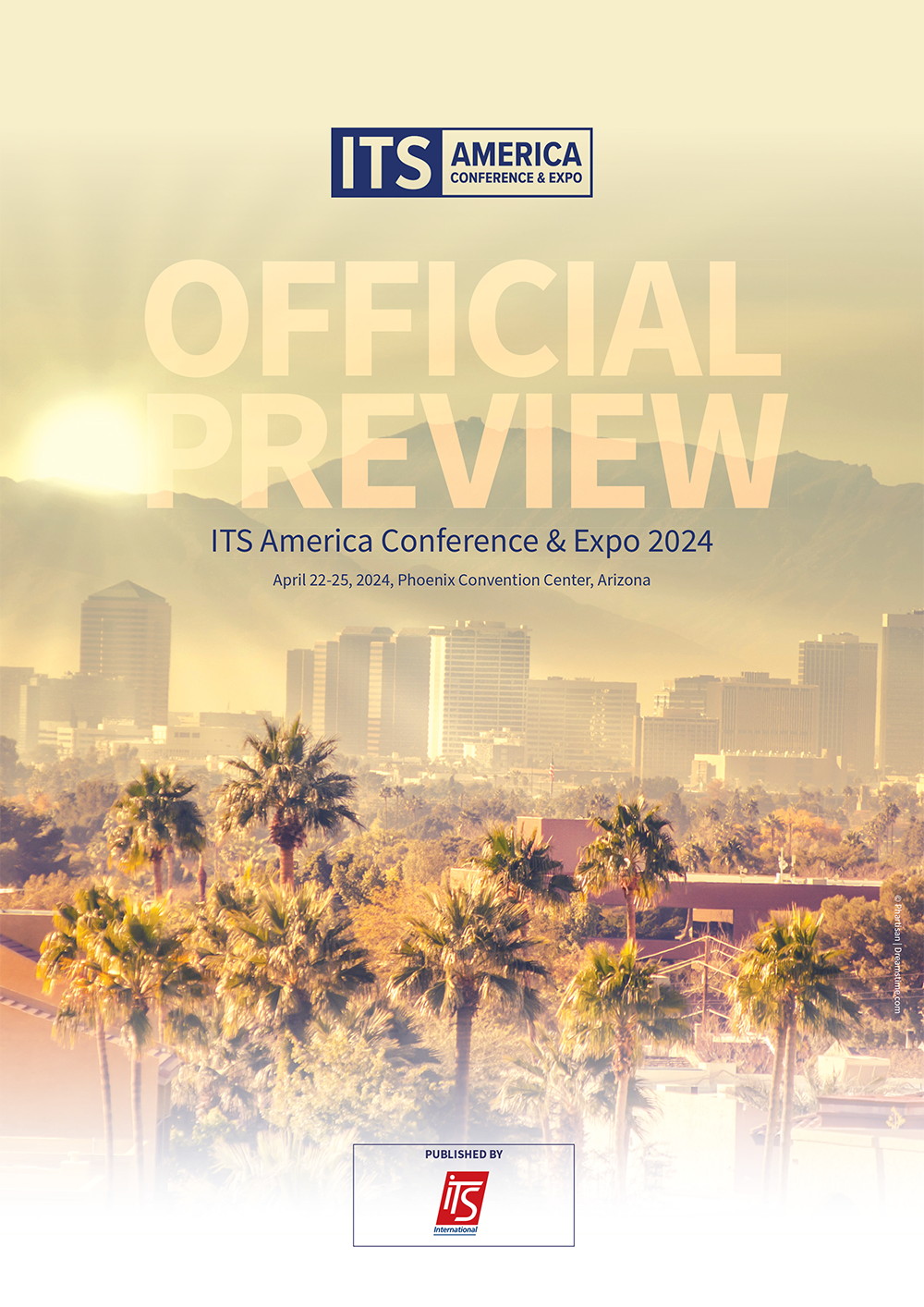
Digital infrastructure
“So that's an area where we're working with our federal partners and with our members and the broader community to really come together and say: ‘What is that vision and framework for advancing digital infrastructure that will provide a guide for the whole industry’, so that people on both the public and the private sector side will have more certainty to make these digital investments for the future.”
And the third area of focus for ITS America is artificial intelligence. “AI is not new, it’s been a part of transportation for some time,” Chace points out. “But the speed at which the technology and the solutions are advancing is unlike anything we've ever seen in the past, and so there is this proliferation of new tools and new solutions everyone is really trying to get their head around.”
This means there is a need to develop AI governance policies: “What are some of the risk considerations? How do I take a balanced approach to this and keep a human-centric lens on my use of artificial intelligence?”
“AI is not going to solve every problem; however, it is very good at solving many problems”
For this reason, ITS America has a new working group developing AI policy principles and guidelines. “There's a lot of confusing terminology and I think there's an opportunity for ITS America to help provide some clarity to the transportation industry on the different terms,” Chace explains. “And we’re also going to create some use case examples to show how AI can be used to advance our goal of safer, greener, smarter mobility for all.”
There is a lot of hyperbole around AI – which is all the more reason to have a calm voice providing a practical overview of what’s possible. “The approach that we're taking is: AI is not going to solve every problem,” Chace says. “However, it is very good at solving many problems. So understanding the limits of what it can do, understanding transparency in these AI systems, understanding what data it is using - because it's only as good as the inputs it's receiving - we're really trying to take some of the hype out of these conversations and target it more towards real applications that are useful.”
In transportation, there are quite a few of these, she suggests. “How do you use it to augment and help your workforce now? How do you use it to improve the operations of your systems? And what are the considerations and risks that you have to be aware of when you're using an AI solution? We don't want people to over-rely on it - and we don't want people to be afraid to use it. We want them to take a really educated approach to AI.”
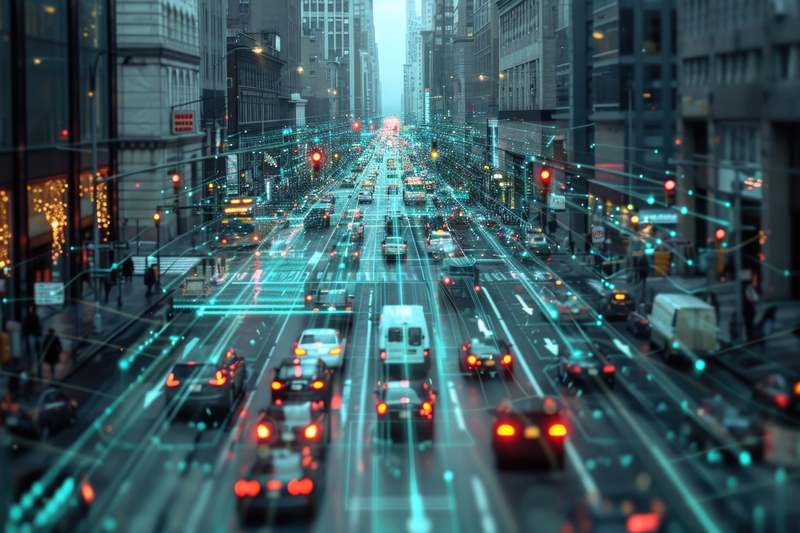
Artificial intelligence
Chace is on the AI working group of the Transforming Transportation Advisory Committee (TTAC), which was recently set up to offer advice to USDoT and transportation secretary Pete Buttigieg about plans and approaches for transportation innovation.
It includes a number of ITS America members, with experts from academia, think tanks, the public sector and industry covering topics including automation, cybersecurity, safety, accessibility, law, government, entrepreneurship, privacy and equity.
“The industry is going to keep moving forward and I’m hopeful that TTAC will come up with some helpful recommendations, in a timely fashion, that will be relevant,” Chace says. “But the pace of technology doesn't stop. It always depends on how quickly you can get recommendations through a very large, diverse group. So the speed of it will remain to be seen - but I think we have a good cross-sectoral representation to provide some good inputs and recommendations.”
Chace has been in her current role for nearly three years. Before that she was chief operating officer at ITS America. “The biggest change for me personally was going from being the one who was responsible for making everything happen to being at that CEO level where my role is to set the strategy and guide everybody - but other people are implementing.”
“In this industry we have a challenge with making these technologies and solutions accessible and understandable to regular people”
It's quite a leap and one she says took time to get used to. Meanwhile, shifts in the ITS sector itself – even in that short time – have been significant too. “When you start to look at the amount of real-time data that's now available in transportation,” she begins. “It’s really hard to harness from phones and from sensors and from all this different equipment because we don't really have that digital infrastructure in a standardised way. I think we're on the precipice of potentially incredible change and transformation if we can get this right: you've got all this digital infrastructure investment; you've got all these AI-based tools coming online; we have to grapple as an industry with issues of data privacy. And those are things that have become much more top of mind in the past 12 months than they were when I took on this role in August 2021.”
With this pace of technological change in mind, an online training programme - the ITS America Academy - will be launched towards the end of this year, beginning with a single course on how to use transportation data. “We're going to crawl, walk, run,” Chace smiles. “We're going to start small and our goal over time is to create a suite of courses. What we've realised is that there is a role that ITS America can and should play in terms of education and workforce development with regard to some of these emerging technology tools.”
ITS America thinks it has identified a knowledge gap in the industry. “There's a lot of really good technical, very in-depth, documents and resources for ITS professionals,” Chace suggests. “There might even be some basic introductory resources. But there's not a lot in that middle.”
Practical resources
So while maintaining its traditional focus on policy, the organisation will also branch out into creating “more practical resources for deployers” in areas such as V2X, digital infrastructure, AI and transportation integration. The ITS industry is relatively small, so scaling ITS technologies requires buy-in from the broader transportation industry who are interested in the technology – but for whom it is not exactly their day job.
She explains: “There are practitioners who don't really understand: ‘What is V2X, how does it work and how does it benefit me? How do I actually integrate these solutions into my systems? What do I need to be thinking about? Who do I partner with?’ All of these next-level conversations.”
Chace sets great store by the power of conversations. As a highly-visible transportation leader, she is comfortable sharing both professional and personal thoughts on social media, particularly LinkedIn. She often brings something of herself to her posts there - for example, by mentioning her children in the context of wanting to see safer roads, or on the issue of girls achieving their academic potential – as well as talking about more obvious ‘business’ subjects.

“It is my natural style,” she says. “It is something I've done deliberately but at first I did it very sparingly because I was afraid that I wouldn't be taken seriously, that people would think I didn't know what I was talking about. But I did it a few times, and I got really good feedback. And then I remember having a conversation with my communications director at the time, and some other people, and they said: ‘You're most authentic when you're talking about your personal views and how it impacts your personal life’. And I think in this industry we also have a challenge with making these technologies and solutions accessible and understandable to regular people. Almost by definition, you don't see ITS technology, right? I mean, yes, you can see a sensor or a camera – but it's not like when they resurface a street and it's very smooth or you can see when they put a bike lane in. People don't see ITS technologies very often, if at all.”
Authentic self
Chace has spoken before about ITS “providing real outcomes for real people” and this is partly why she brings her personality to her posts. “We have to figure out a way to relate them to people so they understand: yes, this is actually making your journey safer, or yes, this is actually helping you get home on time,” she insists. “So that's really why I did it. Because when I talk to people outside of this industry, that's how I talk to them: I explain it to them in ways that they can understand, and it resonates so I wanted to bring that forward.”
There is another reason. “And also, it is my authentic self,” she laughs. “So it feels more natural.”
Her reticence to reveal this in the first place will be familiar to many women in the transportation industry. “It's probably ‘impostor syndrome’, that many, many women and some men have,” she says. “I'm not a transportation engineer yet I'm running this organisation that speaks essentially to transportation engineers across the country. And so it was my own self-doubt that led me to hold back a little at first.”
“We don't want people to over-rely on AI - and we don't want people to be afraid to use it”
That doesn’t seem to be an issue now. “No!” she says firmly. “Really and truly now I think that's what we need. We need to be talking to people: consumer acceptance of these technologies is a real challenge for the industry.”
Moving forward, the ITS industry must try to engage with people to understand these technologies and want to use them. “So now” – she laughs again – “I feel much more emboldened. Because we need that mix of both technical expertise on the issues, but we also need that ability to communicate this and make it understandable to a very broad array of users of the system.”
__________________________________________________________
What to see at ITS America 2024 in Phoenix

Asking Laura Chace, president & CEO of ITS America, to name the sessions she is particularly looking forward to at the organisation’s Conference & Expo in Phoenix, Arizona, on 22-25 April is clearly unfair. But it’s worth a try. “Well, of course I'm looking forward to the entire event, right?” she laughs. “I always say this, but it's true. The thing I love most about our conferences, really, is that time to bring the broader industry together in one space. I'm really excited.”
When pushed, she points to two keynotes with high-powered panels. Rethinking Infrastructure in the New Digital Era will see her speaking with Brian Cronin, head of USDoT’s ITS Joint Program Office as well as panelists including Selika Talbott, CEO of Autonomous Vehicle Consulting, Miovision boss Kurtis McBride and Seleta Reynolds, chief innovation officer of LA Metro. The second looks at emerging solutions: Artificial Intelligence – Unlocking the Next Frontier in Transportation includes luminaries such as Veronica Vanterpool, acting administrator of the Federal Transit Administration and Robert C. Hampshire, chief science officer at USDoT.
“I think they'll be thought-provoking, ones you won't want to miss,” Chace says. “And I think I'd be remiss if I didn't call out the party for Atlanta that we're doing on Wednesday night. That will be a fun event get everybody ready for the ITS World Congress in Atlanta in August 2025. But I’m just excited to actually walk the exhibit floor and see some of the new solutions that people are bringing to Phoenix.”



